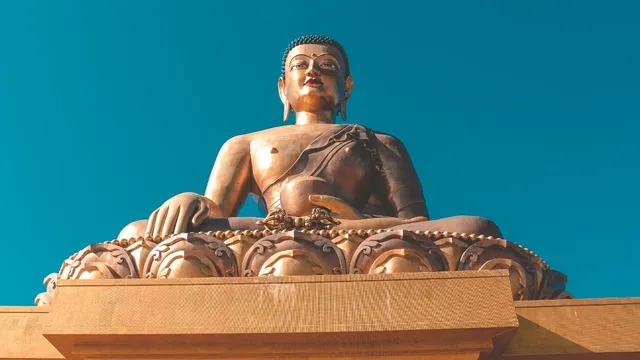- By Kamakshi Bishnoi
- Mon, 24 Nov 2025 03:23 PM (IST)
- Source:Jagran News Network
The Archaeological Survey of India (ASI) is set to undertake one of its largest coordinated excavations this year, focusing on sites linked to Mahatma Buddha across three states.
Acting on the advice of the central government, the ASI has approved excavations at six locations nationwide, three of which are directly connected to Buddha’s life and legacy: Bhubaneswar in Odisha, Vallabhi in Gujarat, and Piprahwa in Siddharthnagar, Uttar Pradesh.
ALSO READ: Hyderabad Doctor Dies By Suicide After US Visa Rejection; Leaves Note Asking Family To ‘Live Well’
This renewed push comes after Buddha’s sacred relics, taken abroad 127 years ago, were brought back to India last July. The relics, discovered in 1898 by British engineer William Peppe in Piprahwa, were taken to Britain and later transferred to Thailand before eventually ending up in the United States. They were recently recovered after the Government of India intervened to stop their auction in Hong Kong. The relics are now housed in the National Museum.
Key Excavation Sites
* Piprahwa, Siddharthnagar (UP): A historically significant site where Buddha’s relics were first discovered during a British-led excavation in 1898. The ASI last excavated this site 50 years ago, uncovering additional Buddhist artefacts. Fresh excavations aim to find more definitive evidence connected to Buddha’s life.
* Vallabhi, Gujarat: Once the capital of the Maitraka dynasty (5th–8th century), Vallabhi—now Valai—was a renowned centre of Buddhist and Jain learning, often compared with Nalanda University. It also hosted the second Jain council.
* Bhubaneswar, Odisha: Although Buddha never visited Odisha, the region has deep Buddhist roots influenced heavily by Emperor Ashoka after the Kalinga War. The site houses important temples with connections to Buddhist teachings.
* Rakhigarhi, Haryana: One of the largest known sites of the Indus Valley Civilisation, Rakhigarhi has yielded major findings, including well-planned urban structures, drainage systems, pottery, jewellery, and other artefacts from pre-Harappan and mature Harappan periods.
ALSO READ: Parliamentary Panel To Review Coaching Centres Amid Rising Student Stress And AI Role In Education
* Prakasa, Maharashtra: Located on the Tapi river in Nandurbar district and known as ‘Dakshin Kashi’, Prakasa has historical and spiritual importance. A previous ASI excavation in 1955 uncovered remains spanning multiple historical periods.
* Tamil Nadu: Following delays in finalising an earlier excavation report, the ASI will begin work at a new site approved for excavation by its Mysuru branch. The region is considered promising for uncovering evidence of ancient civilisation.
“Approval has been granted for excavation at six locations, including three key sites associated with Mahatma Buddha. There is a strong possibility of discovering significant new evidence,” said Dr YS Rawat, Director-General, ASI.

